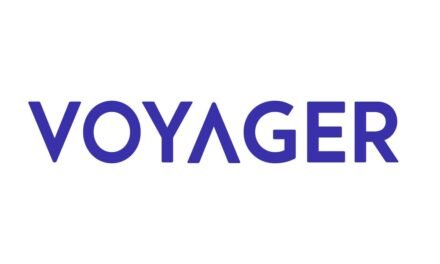
The Business Model Life Cycle -2022

A business model is a way to generate revenue and profit from a product or service. It can be value-driven or cost-driven. In either case, the value proposition represents the unique solution that offers a benefit to a specific segment of the market. It must be different from the products and services of competitors. It also needs to be disruptive or innovative.
Diversified market segment
Diversification in a business model is an important element to ensure growth and survival. There are two basic types of diversification, offensive and defensive. Offensive diversification aims to expand into new markets while defensive diversification aims to maintain a share in existing markets. Offensive diversification involves entering new markets and introducing new products and services.
In a diversified market segment, there are several customer groups with different needs and desires. These markets are interdependent. For example, credit card companies cater to both credit card holders and merchants who accept credit cards. The business model defines what type of relationship the company will have with each of these customer segments.
When deciding on the right strategy for diversification, it is important to consider the specific business model. A business model that relies on one product is unlikely to be successful in the long run. But if a company specializes in one product and provides services for multiple customers, it can benefit from diversification. It is also wise to consider the future growth potential of a given product.
There are two basic types of diversification: vertical and horizontal. The former involves adding a new product or service to an existing product line. The new product or service is often closely related to the existing product. It may even be an extension of the current business. If it does, the company will benefit from customer loyalty to its existing products.
Concentric diversification leverages an existing company’s brand recognition and customer base to develop new products and services. It also leverages existing resources and marketing. For example, a PC manufacturer can diversify by making laptops. By diversifying in this way, the company will extend its reach into new markets and attract new customers.
Pay-As-You-Go business model
The Pay-As-You-Go business approach helps businesses manage cost per use. It also allows businesses to better track sales and ROI. The Pay-As-You-Go business model is ideal for products and services that customers use infrequently. It also provides lower barriers to entry and flexibility for customers. Customers pay for a product or service only when they need it, and can cancel it at any time.
Pay-as-you-go businesses provide a service or product to customers who pay in small monthly or quarterly installments. This model is used most often in home utilities, but has been applied to other services as well. For example, many printers use the Pay-As-You-Go business plan, which allows customers to pay for ink only when they need it.
Pay-as-you-go business models are convenient for business owners because they provide flexibility and predictability. Users pay only for the services they need and can scale as they grow. Pay-as-you-go business models are great for startups and businesses looking to experiment with different payment models. They can customize the service to meet the needs of their customers.
Despite the benefits of Pay-As-You-Go business models, they have a few disadvantages. First, customers don’t feel comfortable with recurring billing. Second, the Pay-As-You-Go business style can be confusing for customers.
Multi-sided market segment
Multi-sided markets are a growing part of the business model life cycle. These markets can range from dating services to credit cards to video games. These markets are interdependent. Entrepreneurs who build a successful company have to consider how they will interact with multiple customer segments. While many start-ups will not be able to serve all of these customers on their first day, it is critical to focus on the most important ones. To help identify the most important customer segments, entrepreneurs can use data from websites and databases to develop a value proposition and correlate it with customer segment needs.
A multi-sided platform business model is a platform that connects different groups of customers, typically playing an intermediation role. Examples of such platforms include eBay, Uber, Airbnb, and PayPal. Each of these companies combines the supply and demand side of a market. In this way, these businesses can create new value propositions and monetize them.
Facebook, for example, serves customers, advertisers, and content developers. While users and customers are the same group, the latter are more closely connected and responsible for the company’s revenue. The latter group includes advertisers, who pay to reach their own customers. For a social platform to work, it must be able to cater to all three types of users.
In addition to serving buyers, credit card companies also need to serve the stores that accept credit cards. If one side fails, the other will suffer. The same applies to e-bay, the largest online business. The success of e-bay depends on the presence of both buyers and sellers.
Pricing structure is also crucial in two-sided platforms. Optimal pricing structure involves studying the interdependencies of multiple sides, as well as their willingness to pay and participate in the platform. Many ecommerce platforms subsidize the participation of one side while gaining profit from the other.





























